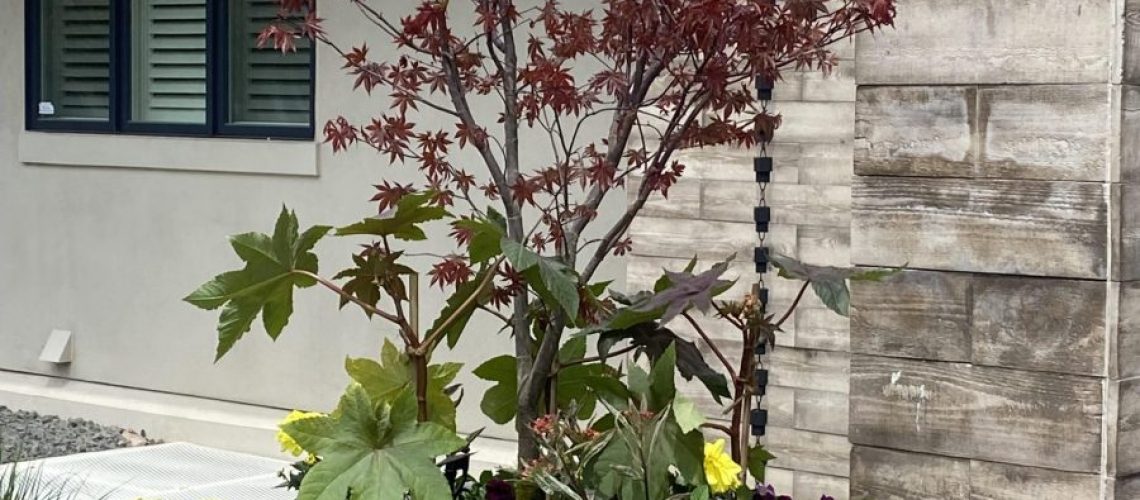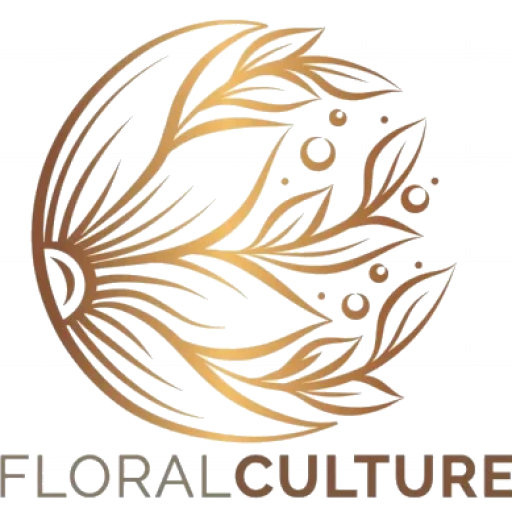
Ellen Becker
Through Floral Culture, Ellen Becker creates living artwork for any occasion.
- Ellen Becker
- July 10, 2023
- 1:47 pm
Ellen Becker first took up gardening as a summer job when she was a high school student in Denver in the late 1980s. Later, she had the opportunity to study with some of the best landscape architects and design professionals in Colorado when she landed a job with a small high-end residential landscaping company. She found a mentor, a female landscape architect and arts patron, and she discovered her own talent for designing displays in garden beds, pots and planters.
“I learned the palette for which Zone 5 plants are visually informative year-round, how to be unique in the garden, work as a woman in the industry and how to appreciate the arts,” Becker says.
Now a single mom with two children, Becker is making good use of her experience and her innate ability to create gorgeous floral designs through her company, Floral Culture, which offers tailor-made dried floral wreaths, live hanging baskets, seasonal pots, planters and floral arrangements.
“The Floral part of the company name should be obvious,” Becker says, “but the Culture segment is a nod to my time overseas.” Becker speaks Spanish, German and basic Mandarin in addition to English and spent almost 10 years living in multiple countries. “International culture and understanding people from other places are important to me,” she adds.
Becker describes her work as “creating living artwork through floral displays.” Focusing on scale, composition, shape, color and contrast, she is inspired by the Fibonacci sequence, or golden ratio, in which each number is the sum of the two preceding ones. The sequence also occurs in nature and can be found in the shape of a pine cone, the growth pattern of trees, in seashells and in flower petal displays, she explains. “This helps to inspire my concept of scale.
Often, you can see huge planters with itty-bitty plants in them. While floral plantings always help enhance space, getting the scale right makes for a better display.”
She also finds inspiration in her clients, and she loves bringing their visions to life. Their trust in her—and hers in them—allows her to take risks and experiment with new and different plants, which she considers a highlight of her job. “There are so many more options at the garden center than dracaena (spike plant) and geranium/petunia underplantings,” she says. “There is an array of foliage-plant displays that require very little dead-heading or maintenance.”
Her repertoire is bursting with plants that attract pollinators like butterflies and hummingbirds and disease- and pest-resistant plants that won’t succumb to powdery mildew by late August. She’s learned which plants to consider staples and which ones to avoid because they’ll fizzle out before the season ends—and in Denver, that can be a nice, long season. “If we have cooperative weather, an annual pot display can last up to five months!” Becker says.
Her advice to anyone who is new to the industry or considering joining it is to pay attention to detail, listen to clients’ needs, respect the plants and remember the importance of form and function. “Composition matters,” she says. “Scale matters. Creativity matters.”
